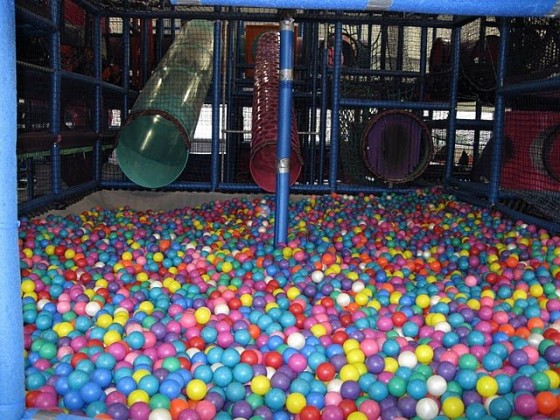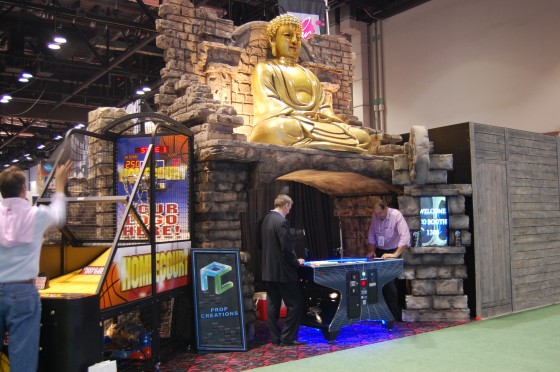The Missing Element of the Attractions Business
Posted by Sasha Bailyn on Monday, December 10th, 2012
Charlton Heston once said, “The trouble with movies as a business is that they’re an art, and the trouble with movies as art is that they’re a business.” The very same could be said of entertainment design. Entertainment design walks a fine line between business and creativity. When developers look to build attractions, themed venues, or amusement parks, they generally worry most about throughput, entry fees, and their return on investment. This is why out-of-the box concepts like family entertainment center franchises often get chosen over unique concepts. It’s understandable – ideas that have been done before tend to have friendlier up-front costs and come with operators to boot. On the other hand, it’s the unique concepts that actually further entertainment design as an “art” by re-imagining the way we play, enjoy stories, and interact with spaces. As we learn of recent big business developments such as Darth Vader et al.’s big move to Disney, the new stomping grounds for DreamWorks characters at the Mall of America, and Creationism’s biggest theme park, we can only hope that artistic vision will get equal air time alongside the business plan.

A typical, run-of-the-mill FEC
What’s even more important than artistic vision is the level of fun that attractions provide. In fact, I might change Heston’s statement to say that the strongest contender with business is play, not art. Nowhere is this more apparent than at the IAAPA Expo in Orlando, Florida. On the tradeshow floor, amongst a hubbub of dinging games and whirling rides, it’s “business as usual” for throngs of suit-clad attendees. In other words, folks are hard at work playing. And yet, as they test out the latest games and attractions, they’re always careful to maintain an air of formality.

Exhibitors hard at work testing their game for any kinks
There is something incredibly comical about the stiffness of the attractions business. After all, these men and women are playing air hockey, jumping on trampolines, and shooting 3D zombies. The attractions they test represent the pinnacle of fun, but they act like they’re at an insurance convention.

Between the plush stuffed animals, serious business is being done
Thankfully, the dichotomy between business and play does not compromise the integrity of the attractions. The members of our industry know that if something isn’t fun, it won’t be successful. But it does affect the climate of the industry itself. While we look forward to future developments that promote fun, we also can’t wait for the time when the people in the theme park business can embrace the fun that is the essence of the industry. It’s a radical notion for business people to become more playful, but why shouldn’t the industry that shows the world how to play also be the one to show the business world how to lighten up?
Sasha Bailyn
Editor-In-Chief
sasha@entertainmentdesigner.com



 Sign Up For Our Newsletter
Sign Up For Our Newsletter 



